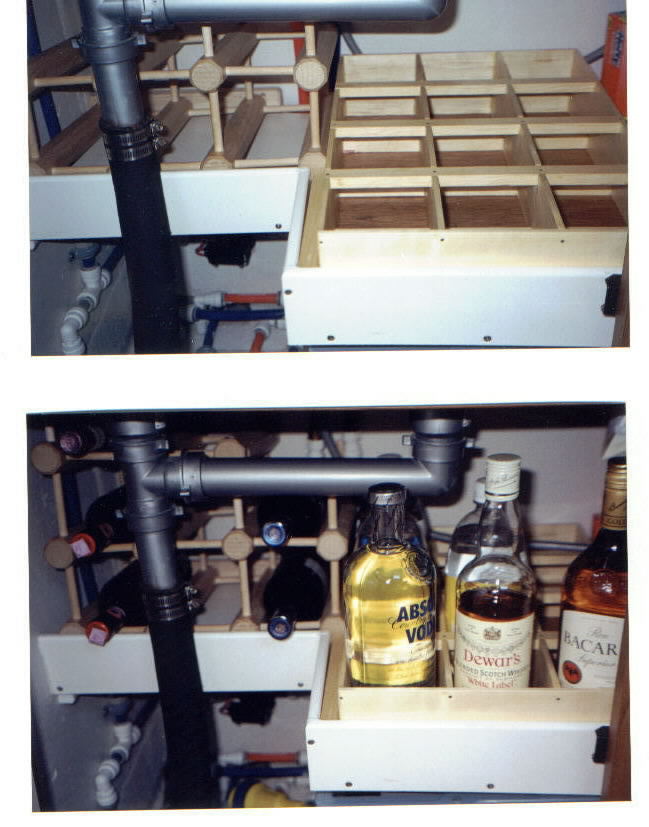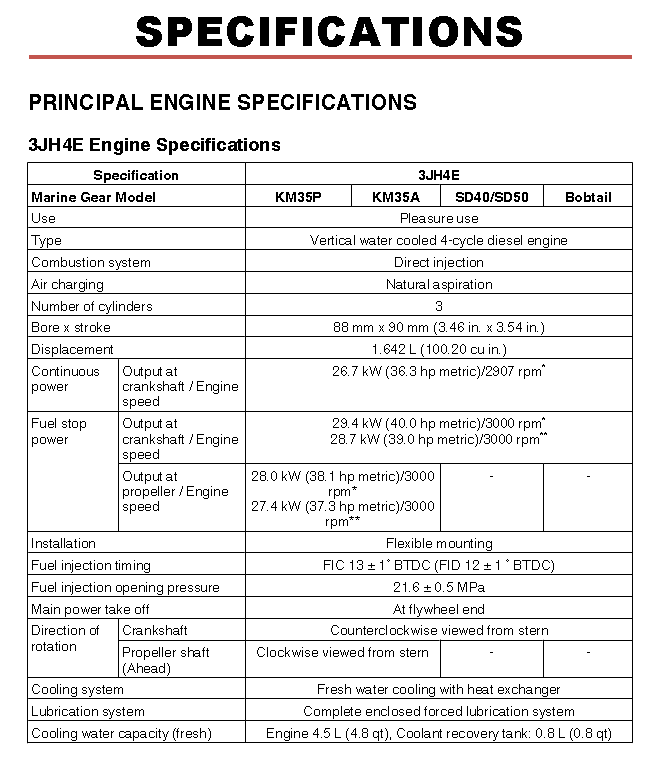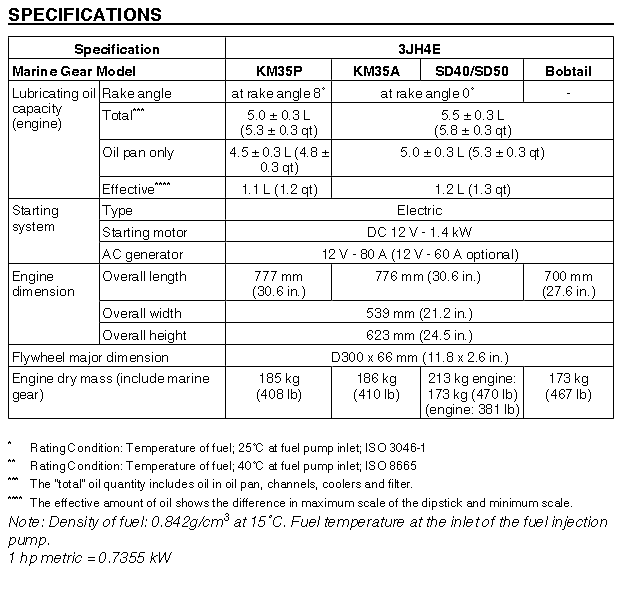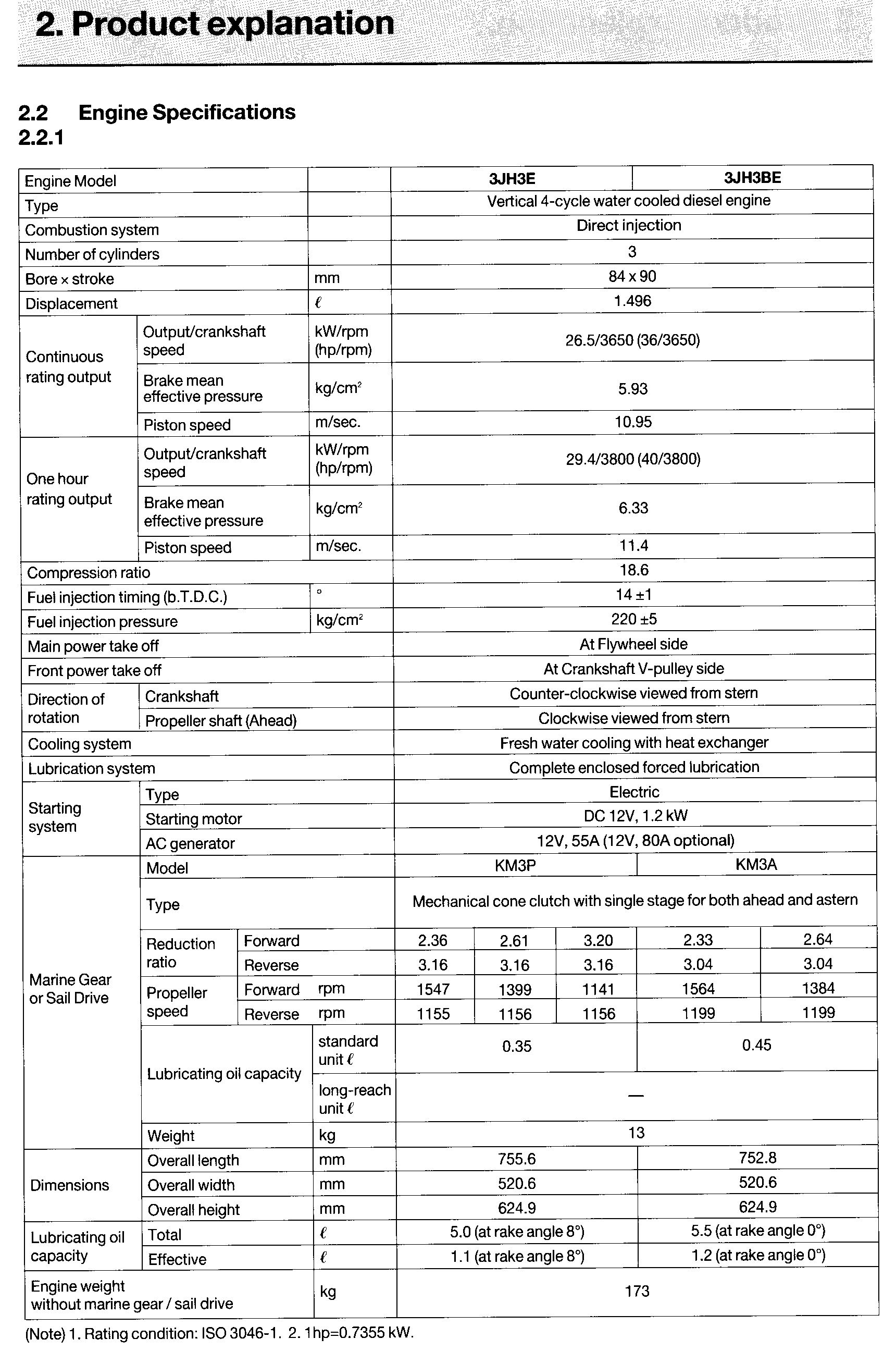I am in the process of changing out the G4 halogens down below for LEDs.
Someone suggested Sailor’s Solutions, www.sailorssolutions.com and the
Admiral and I are very pleased with the bulbs that you can find at this
link.
http://www.sailorssolutions.com
The Admiral and I both agreed that if one measured the lumens between the
halogen and the ZED01 Miniature Warm White LED Replacement Bulb ZED01 shown on the link above, the halogen might be a bit softer, but it was hard for us
to tell the difference. The really good news is that they are easy to
install and saved us from having to buy new overhead fixtures. They are
also flat enough to be installed behind the “shell” shades on the bulkhead
fixtures.
Regards,
Bruce Overbay
Our Water View, #226
You need to be logged in to see the rest of this content. Catalina380-IA members, please login.
To join please fill out a membership application (Association->Membership Application) and send a check to the address on the form.




